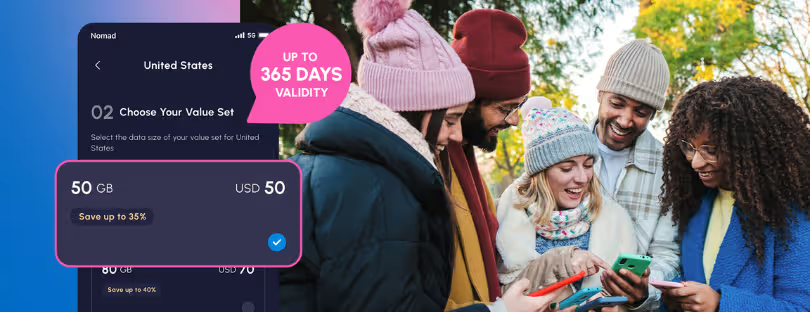
Lebara UK Switches On eSIM at Last — But Is It Too Late?
For years, Lebara customers in the UK have been asking the same question: when will eSIM finally arrive? While most other networks and virtual operators jumped on the digital SIM bandwagon long ago, Lebara kept pointing to “future plans.” That “future” is finally here. Starting this month, Lebara has begun rolling out eSIM support — a long-overdue move that brings the Vodafone-powered MVNO in line with its competitors and answers a growing need from its core users: frequent travelers, international callers, and those with newer phones that no longer even come with a SIM tray.
The timing is critical. Apple’s U.S. iPhone models have been eSIM-only since 2022, and Android manufacturers are increasingly prioritizing eSIM alongside or even instead of physical SIM slots. Meanwhile, rival UK brands like VOXI, giffgaff, and SMARTY have been offering eSIM for months, normalizing it as a standard feature. For Lebara, which sells itself on simplicity, affordability, and global reach, the absence of eSIM had started to look like a credibility gap — especially for tech-savvy customers who expect instant activation without waiting for a SIM card to arrive by post.
Now that the rollout has begun, the real question is whether Lebara can make up for lost time and deliver a smooth eSIM experience that not only matches but ideally improves on what other budget-friendly UK operators already offer. This isn’t just a box-ticking exercise: in 2025, digital onboarding is what separates a modern mobile brand from one that risks being left behind.
Why this matters (and why it took so long)
For a network that targets value seekers and international callers on Vodafone’s coverage, the lack of eSIM has been a glaring gap—especially as Apple’s US iPhones went eSIM-only and frequent travelers shifted to digital SIMs for quick swaps abroad. Until now, Lebara’s own FAQ pages said eSIM was “planned for Q3 2025,” which they’ve just about hit—albeit at the buzzer.
How Lebara stacks up against rivals today
Most UK brands that serve budget-conscious users already offer eSIM. VOXI (also on Vodafone) lets you pick eSIM at checkout or switch in-account; giffgaff has supported eSIM for a while (with some device-specific caveats); SMARTY formally switched on eSIM in early September. Lebara has been one of the last big MVNO holdouts to move.
What to expect in phase one
Lebara hasn’t published a granular device list yet, but the initial roll-out suggests a staged approach (think: newer iPhones and flagship Androids first, broader compatibility over the next few weeks). If you’re on Lebara already, watch for an in-account “swap to eSIM” path mirroring peers like VOXI; if you’re new, expect eSIM to appear as an order option as the rollout widens. We’ll update this as Lebara posts specifics, but the starting gun has fired.
Market context: the UK’s eSIM tide (and Vodafone’s orbit)
The direction of travel was never in doubt: by 2025, the vast majority of operators globally were expected to offer eSIM — and the UK has largely aligned with that curve. Lebara runs on Vodafone’s network under a long-standing MVNO deal, so parity with other Vodafone-hosted brands (like VOXI) was always the logical end state. Given ongoing consolidation (Vodafone-Three’s merger approval), keeping MVNOs attractive and feature-complete is strategically useful for wholesale too.
The Alertify take: better late than never—but the bar is higher now
Lebara’s eSIM switch is good news for bargain hunters and international callers who wanted a digital setup without ditching their plan. But timing matters. VOXI, giffgaff, SMARTY—even Lyca—have normalized eSIM as table stakes, while travel eSIM apps trained users to expect instant activation and multi-network choice. Arriving this late means Lebara can’t just “have eSIM”; it needs to execute smooth in-app swaps, generous device coverage, and clear guidance for roaming (its signature strength) so customers don’t default to third-party travel eSIMs on trips.
Bottom line: eSIM removes Lebara’s biggest friction point and makes it far easier to recommend to eSIM-only phone owners. If the roll-out is clean and widely compatible within weeks, Lebara regains parity with peers on features—and can compete on what it already does well (prices, international minutes, Vodafone coverage). If it’s patchy or slow, late-mover syndrome will show. For now, call it a necessary catch-up with upside for customers—and a reminder that in 2025, digital onboarding is the product.









